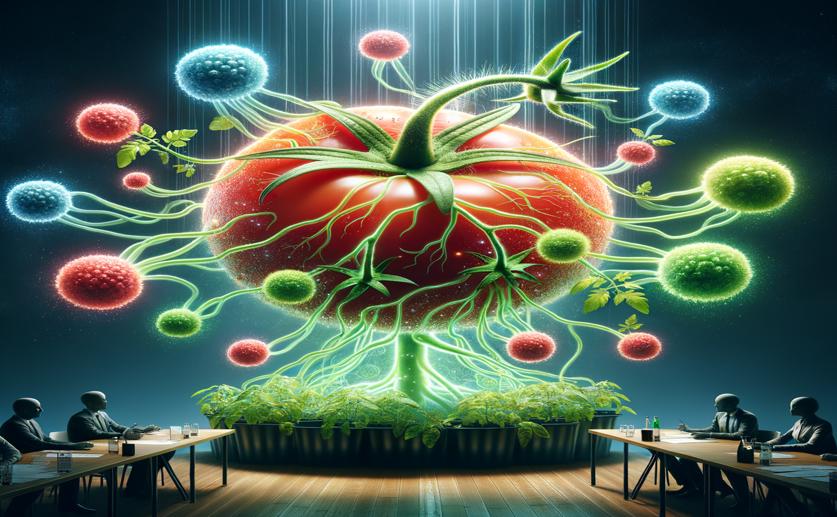
How Tomatoes Defend Themselves Against Bacterial Infections
Jim Crocker
16th June, 2024

Image Source: Natural Science News, 2024
Key Findings
- Researchers at the University of Toronto studied how tomatoes defend against the bacterial pathogen Pseudomonas syringae
- Tomatoes have a narrower range of immune responses to P. syringae compared to the model plant Arabidopsis thaliana
- Introducing specific immune-triggering proteins from non-virulent strains can effectively protect tomatoes from P. syringae infections
References
Main Study
1) The effector-triggered immunity landscape of tomato against Pseudomonas syringae.
Published 14th June, 2024
https://doi.org/10.1038/s41467-024-49425-4
Related Studies
2) Evolution, genomics and epidemiology of Pseudomonas syringae: Challenges in Bacterial Molecular Plant Pathology.
3) The life history of Pseudomonas syringae: linking agriculture to earth system processes.
4) Pseudomonas syringae: what it takes to be a pathogen.



 15th June, 2024 | Jim Crocker
15th June, 2024 | Jim Crocker